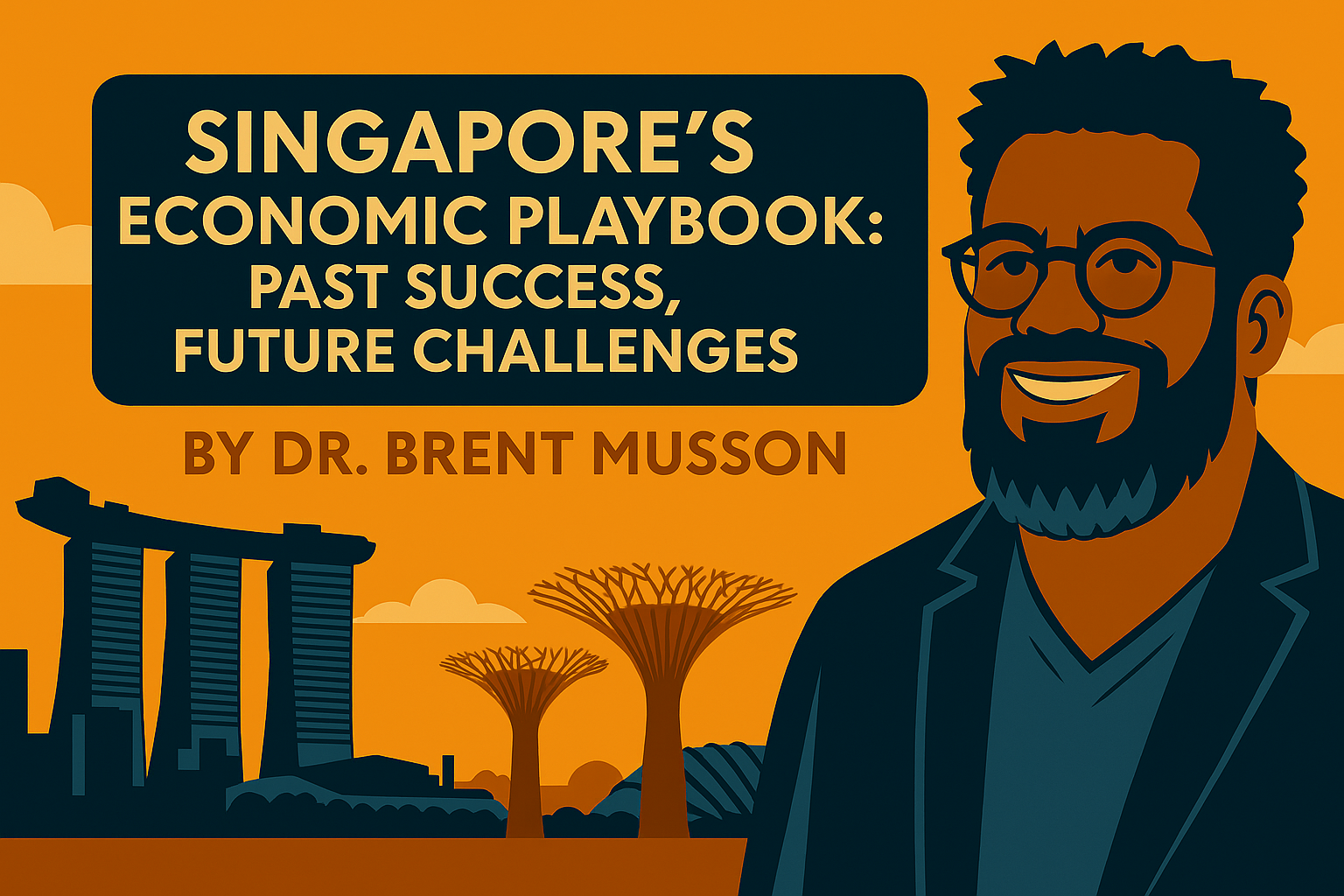Singapore is a republic, but unlike the democratic republic of the United States, most of its officials are appointed by the winning party in a general election. This structure reduces much of the partisan gridlock seen in two-party systems, allowing the government to operate with unity and pursue a single strategic mission over decades.
From its early days, Singapore embraced the idea of using private-sector strategies for the public good. For more than 50 years, the nation has worked under a single strategic plan. This philosophy became formal in 1994, when the Economic Development Board launched “Singapore Unlimited” to the world.
Shaped by 140 years of British colonial rule, Singaporeans grew accustomed to strong government intervention—viewing it as essential for survival and success. Competing with economic superpowers required the whole country to move in the same direction.
One major advantage of this “Singapore Incorporated” approach is the ability to coordinate decisions across government and industry, creating a kind of vertical integration that aligns the interests of the nation and business. As one U.S. president famously said, “a rising tide lifts all boats.”
But there’s a trade-off: centralized decision-making can stifle competition. When companies cooperate instead of competing, they have less incentive to innovate or take risks. Without that competitive drive, breakthrough innovations are less likely to emerge.
Compared with the U.S. free-market model, Singapore can target its government resources and private capital toward the same goals, attracting foreign investment and contracts. However, it’s unlikely to become the birthplace of the next wave of disruptive supply chain innovations.
Under the leadership of Goh Chok Tong and Lee Hsien Loong, Singapore has seen remarkable growth and emerged as a global logistics powerhouse—a remarkable feat given its small size and humble beginnings. Yet, as in many countries, most of the benefits have flowed to wealthy elites. The working class and poor have not shared equally in the prosperity.
Owners of corporations linked to Temasek Holdings and GIC (Singapore’s sovereign wealth fund manager) have enjoyed rare levels of asset appreciation. Middle-class Singaporeans who bought property decades ago have also seen extraordinary gains, thanks in part to foreign demand driven by the logistics boom. Skilled foreign workers have fueled expansion, but their arrival has also driven up real estate prices.
Singapore’s dominance as ASEAN’s logistics hub is secure, but its era of rapid growth may be over. With the infrastructure built and contracts secured, real estate prices and corporate profits are unlikely to keep rising on their own. In such a small, supply-constrained nation, expanding logistics capacity is difficult. Future growth will have to come from efficiency gains—a tall order in a country that already operates at high efficiency with new infrastructure and technology. Without outdated systems to replace or an underperforming workforce to improve, growth is bound to level off.
The country’s long-term strategy has served it well, and its public-private partnership remains a major competitive advantage. But to keep the economy growing, Singapore must now turn inward. It must strengthen its human capital supply chains, training its unskilled citizens to work in high-tech industries, and reducing dependence on foreign labor. Filling more jobs with trained local workers—from frontline roles to management—would make Singapore more attractive to foreign investors while ensuring that more of its citizens share in the nation’s success.

